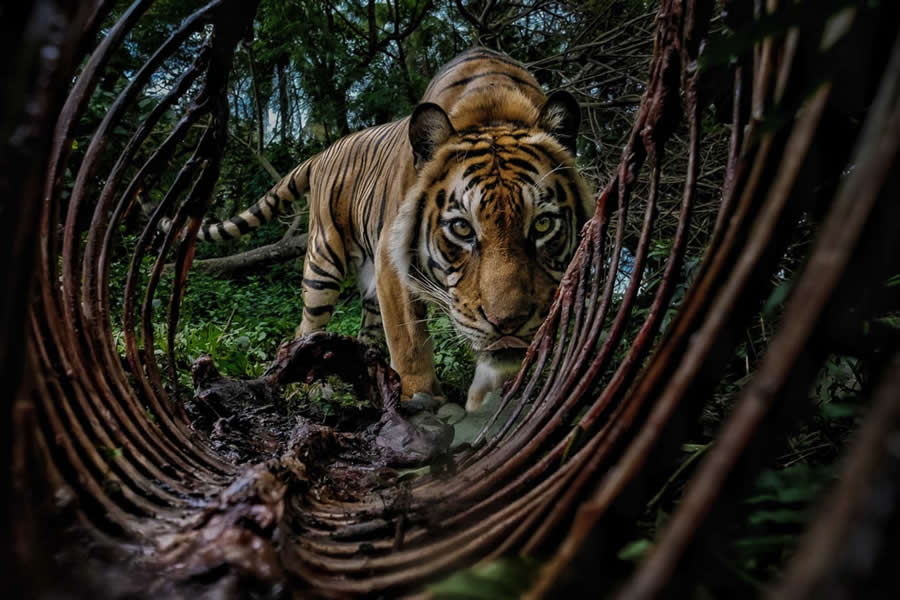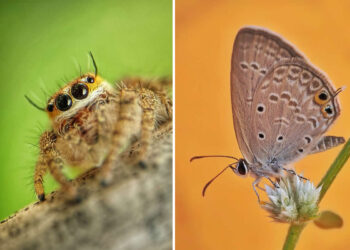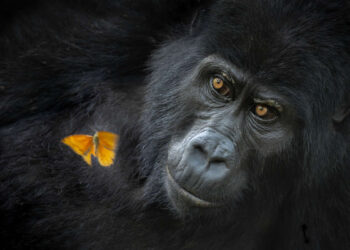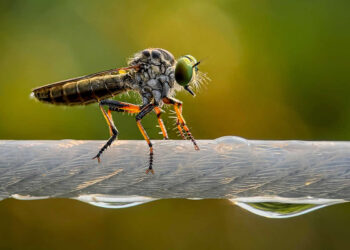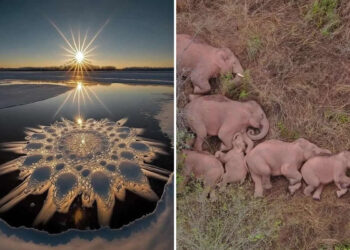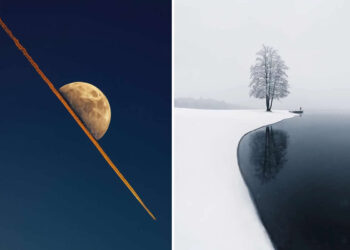The 2025 Environmental Photography Awards have once again spotlighted the urgency and beauty of our planet through powerful, award-winning images. Established in 2021 to mark the 15th anniversary of the Prince Albert II of Monaco Foundation, the annual competition honors photographers who use their art to raise awareness about pressing environmental issues around the globe.
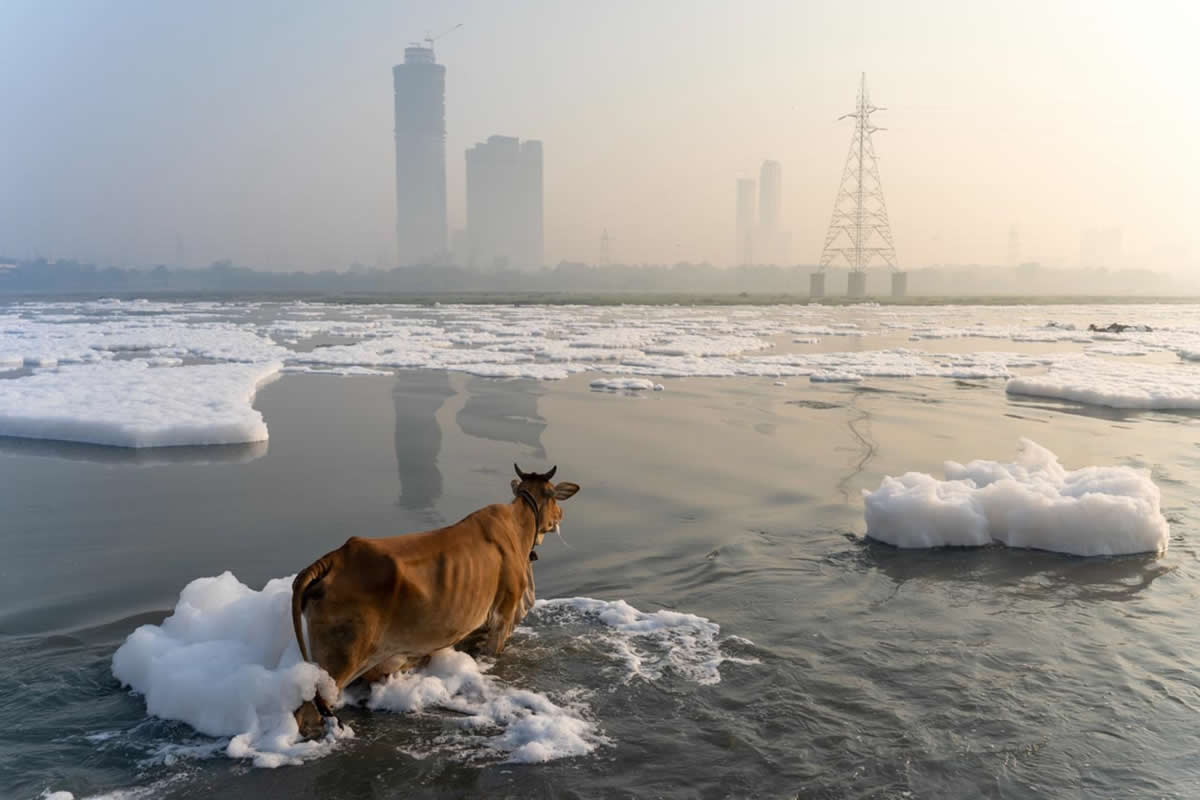
Photo by: Ankush Biswas
This year’s competition was divided into five compelling categories: Polar Wonders, Into the Forest, Ocean Worlds, Humanity versus Nature, and Change Makers: Reasons for Hope. Each category captures a different aspect of our fragile ecosystem—from the icy majesty of the poles to the deep resilience of human-led conservation efforts.
The winners were selected for their artistic excellence and environmental storytelling. Each category winner received a €1,000 grant. From among them, a Grand Prize Winner was awarded an additional €5,000 for the most outstanding image overall. A Public Award and a Student Award were also granted, both chosen by online voting, with each recipient receiving a €500 grant. Notably, the Public Award winner earned an exclusive invitation to visit the SEK International University’s Amazon research station in Ecuador.
These stunning photos will be featured in the Environmental Photography Award 2025 exhibition in Monaco on the Promenade du Larvotto from June 3 to July 31, 2025, and will tour internationally. The collection is a stirring reminder of the planet’s fragility and the role photography plays in shaping environmental consciousness.
You can find more info about Environmental Photography Awards:
#1. Environmental Photographer of the Year: "Unseen Unsung Heroes – Worms flush sand out of their burrows" by Angel Fitor
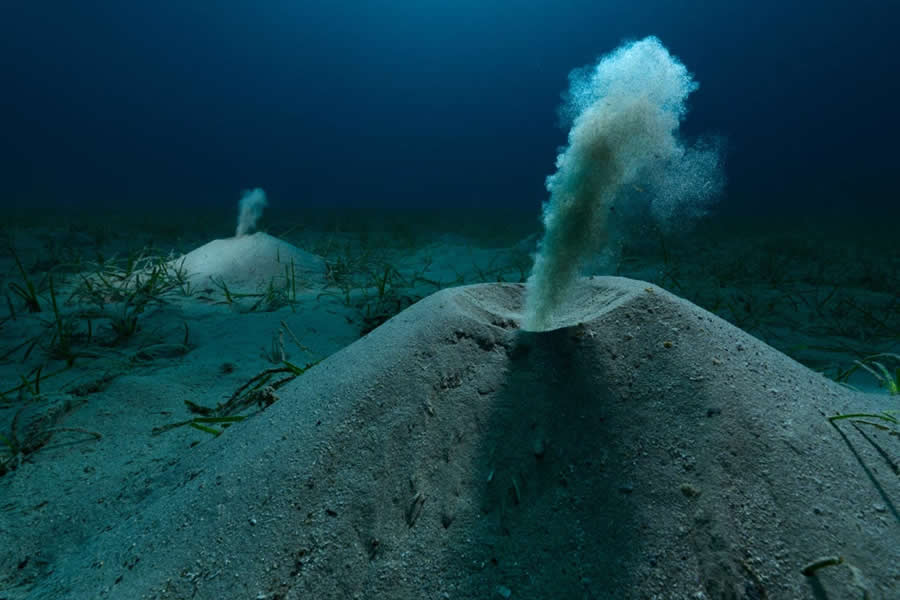
"As members of the endofauna – a huge, diverse community adapted to underground life at sea – these burrowing worms play a pivotal role in maintaining oxygen and nutrient circulation in the upper layer of sediment on the seabed, an activity that generates an entire ecosystem hidden under the substrate.
All the seagrass beds along the world’s coasts, the riches of coastal estuaries and deep-water muddy beds, and the vast biodiversity associated with soft-bottom sea floors rely on the existence of these little-known worms. Their collective silent action thus has a massive impact on a global scale. On location, it was impossible to predict when the worms would be active. Some seemed dormant, others flushed for just a few minutes a day, while others were active throughout the day, but with an unpredictable frequency. This photo is the result of two month’s work, with twenty dives of five hours each, at a depth of eight metres."
#2. Polar Wonders: "Female Fight" by Miquel Angel Artús Illana
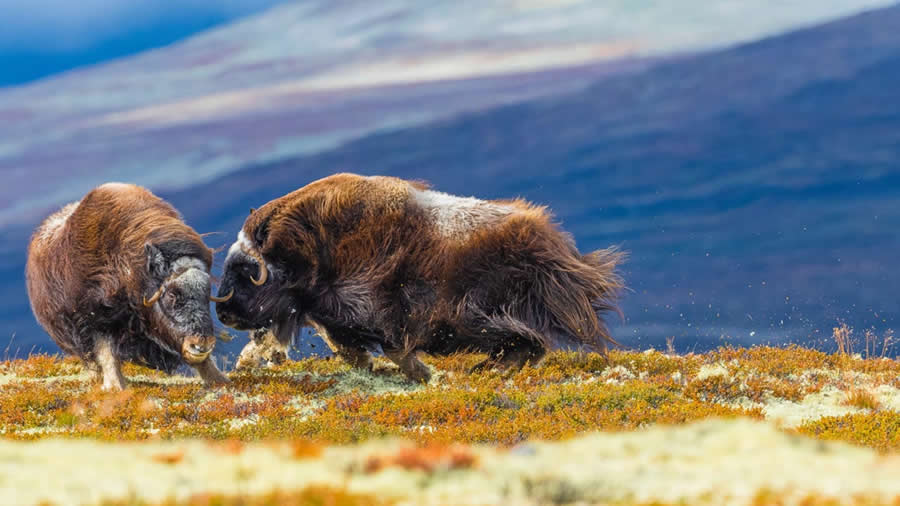
#3. Into the Forest: "God in the Shadows" by Santiago J. Monroy García
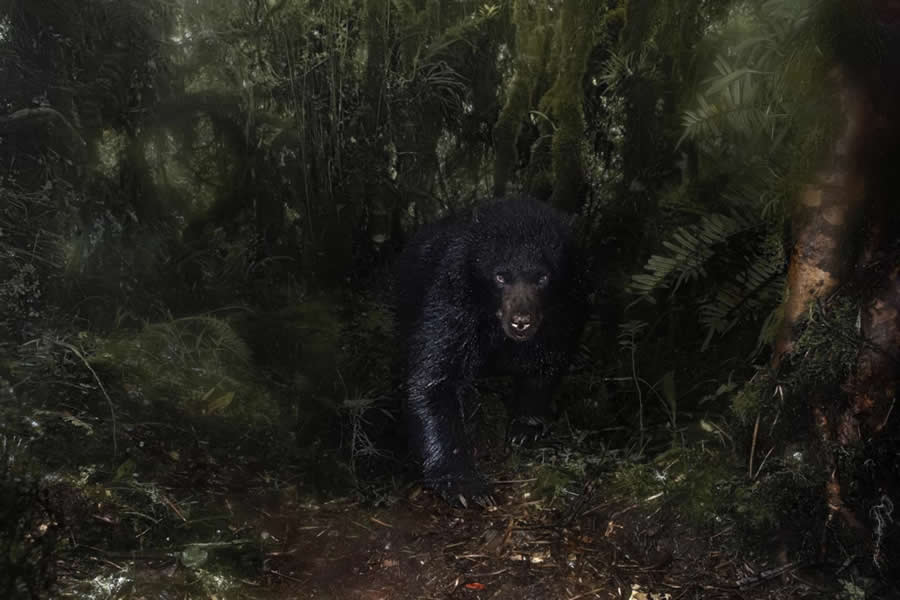
#4. Polar Wonders: "The Whale’s Raft" by Estebane Rezkallah
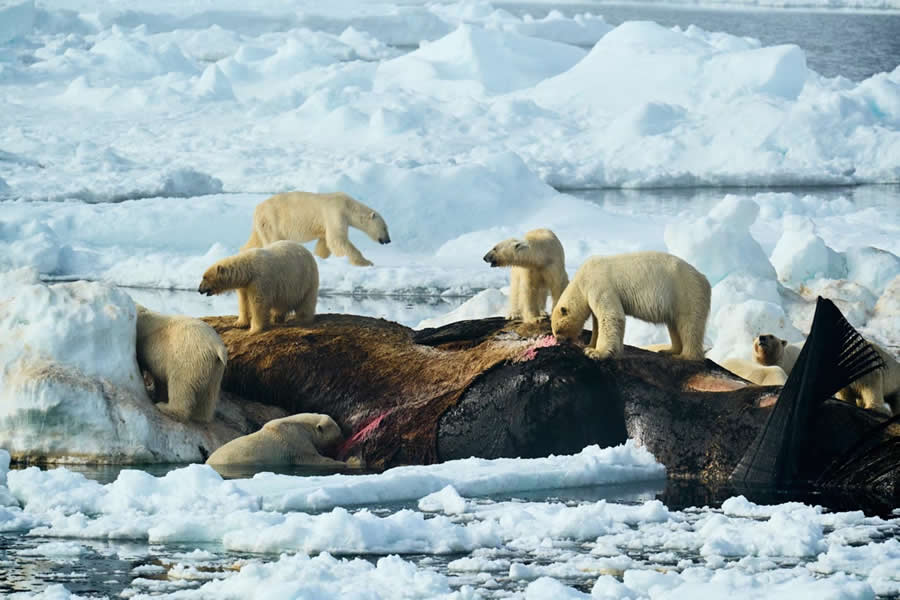
#5. Ocean Worlds: "Portrait of a Leafy Seadragon" by Daniel Sly
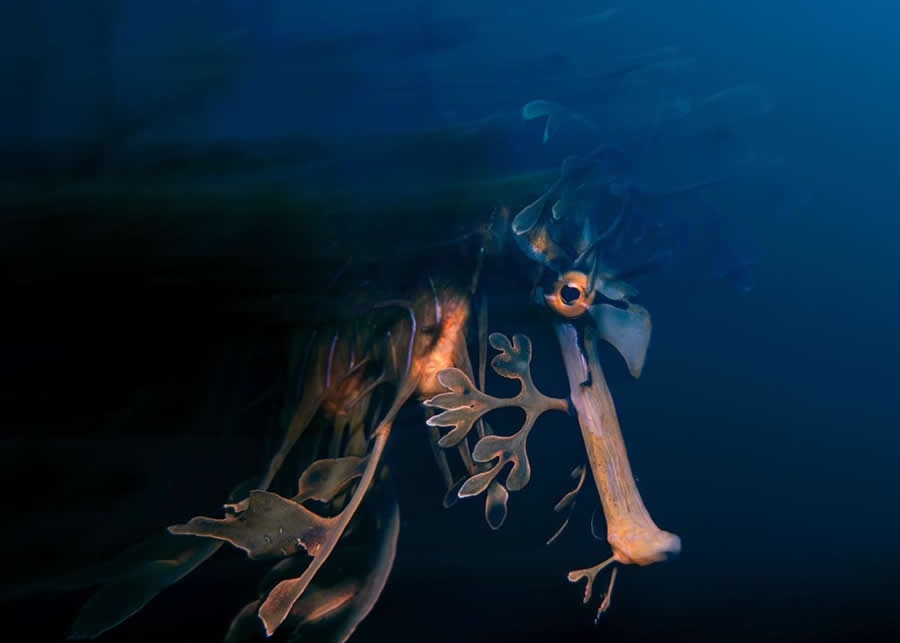
#6. Change Makers: Reasons for Hope: "After the Flames, Hope" by Fernando Faciole
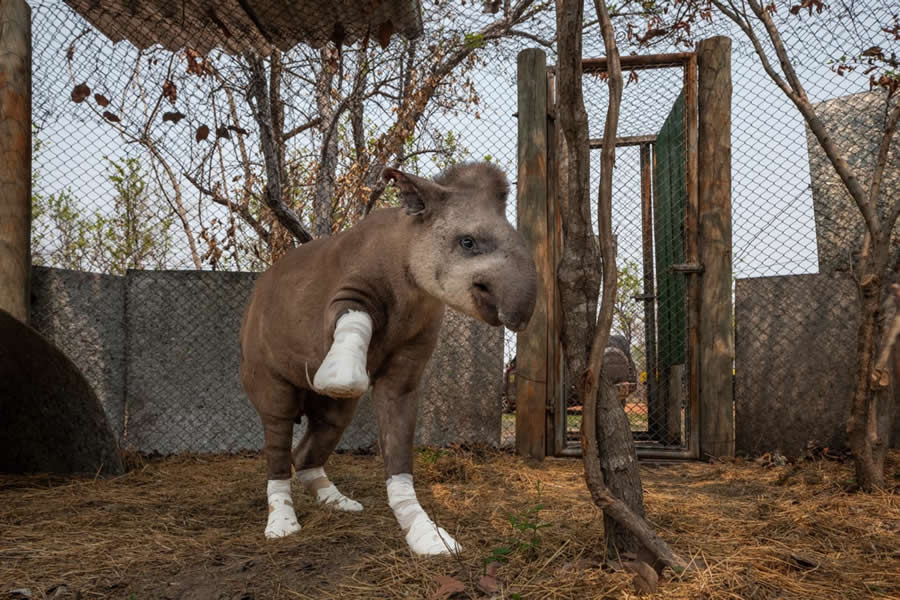
#7. Humanity versus Nature: "Camouflaged in the Garbage Dump" by Lakshitha Karunarathna
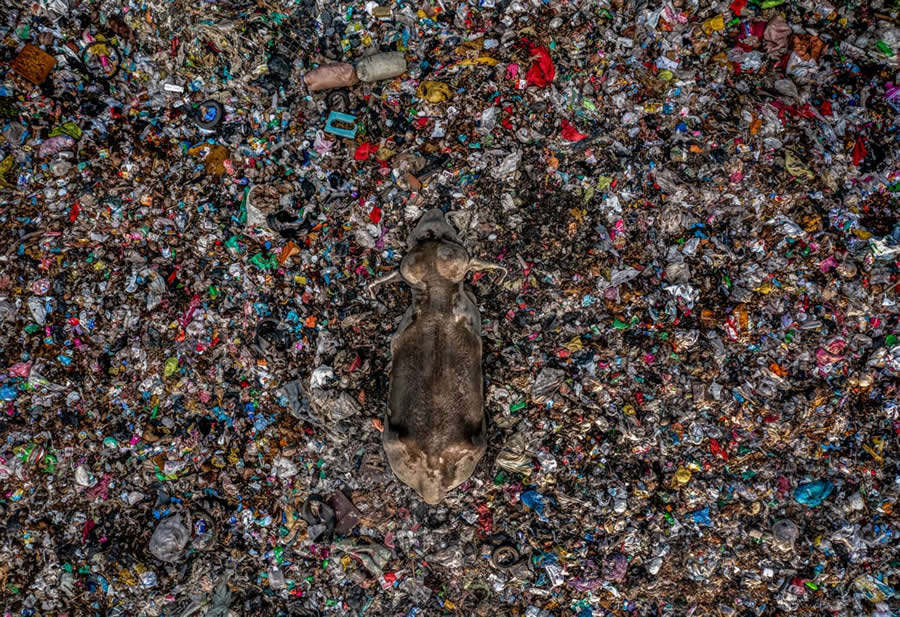
#8. Humanity versus Nature: "Urban Encroachment" by Ankush Biswas
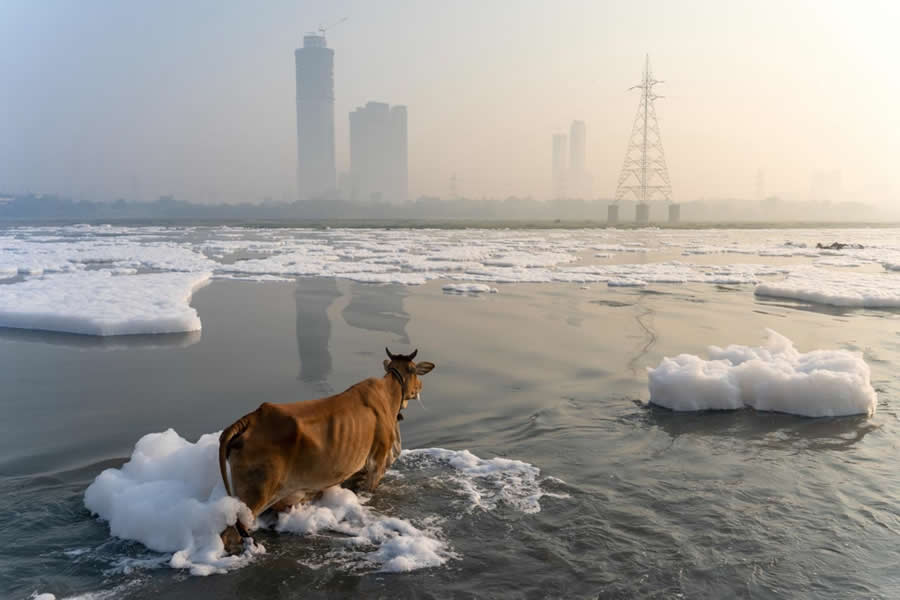
#9. Change Makers: Reasons for Hope" "Caring for the Unseen Giants – Giant armadillo’s paw" by Fernando Faciole

#10. Humanity versus Nature: "Breeding Machine – Elderly Indochinese tigress on a tiger farm" by Amy Jones
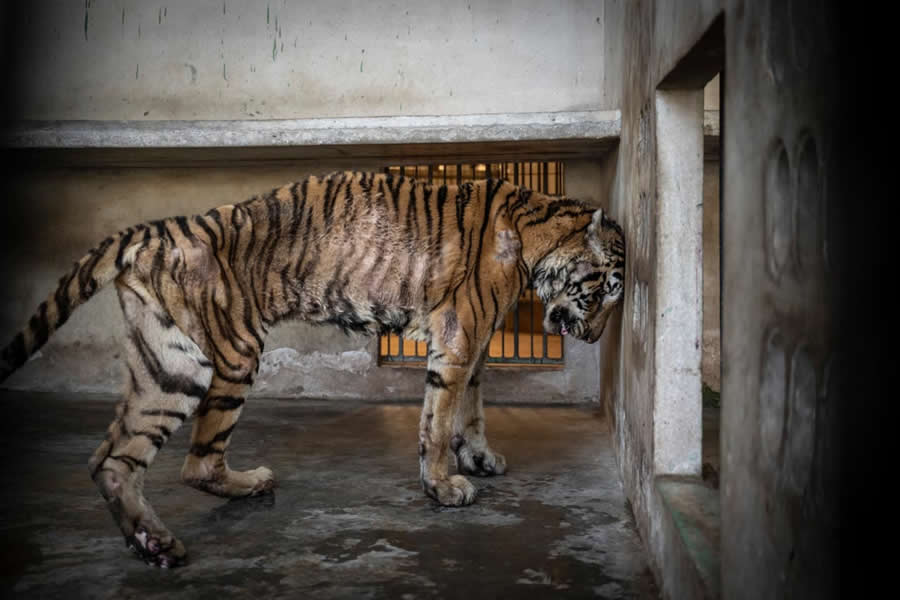
#11. Into the Forest: "The Heart of the Andes – Andean bear at the top of a tree in the páramo" by Sebastian Di Domenico
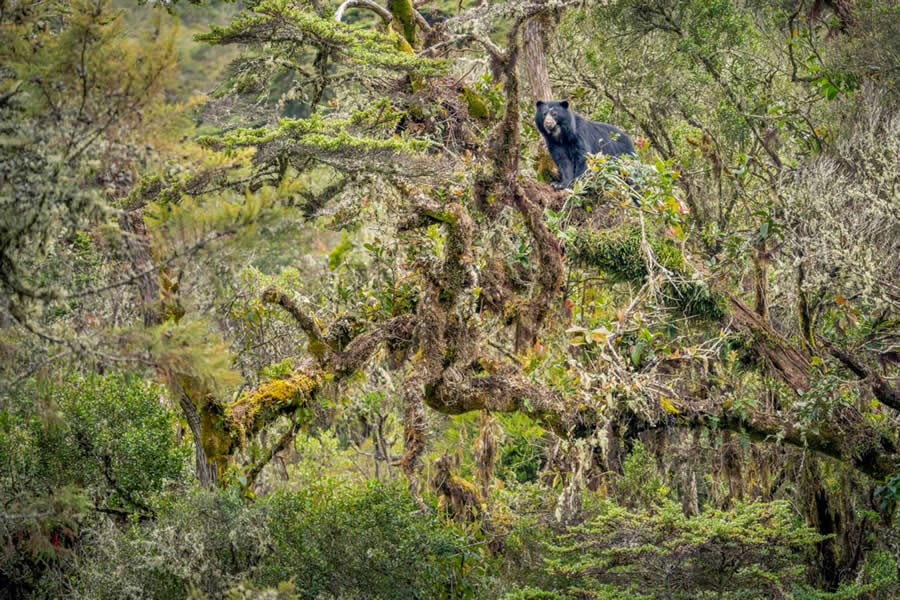
#12. Ocean Worlds: "Jurassic World – Marine iguana resting on volcanic rocks" by Javier Aznar

#13. Change Makers: Reasons for Hope: "Surrogate Mothers – Manatee rehabilitation centre" by Jason Gulley
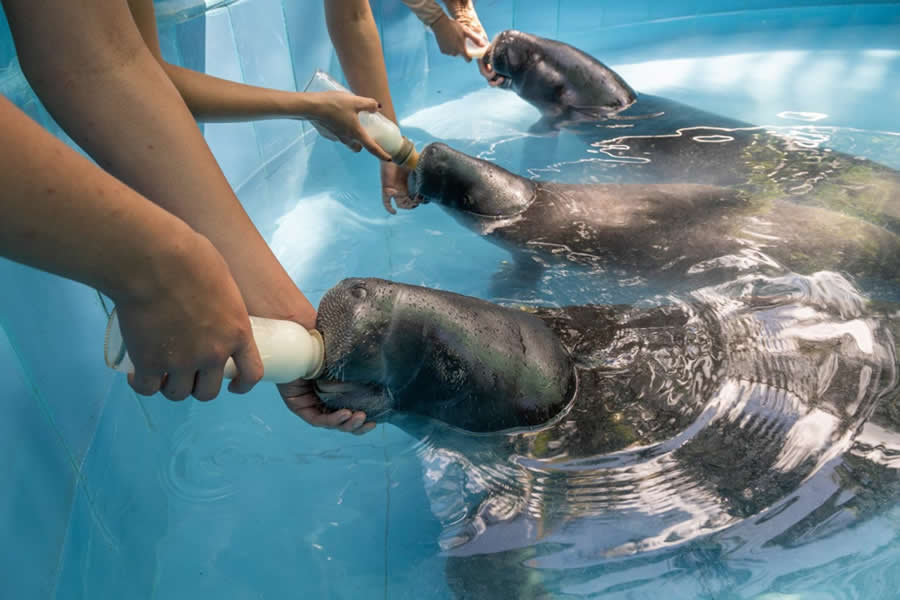
#14. Polar Wonders: "Ephemeral – Iceberg drifting on the Jökulsárlón glacial lagoon" by Michaël Arzur
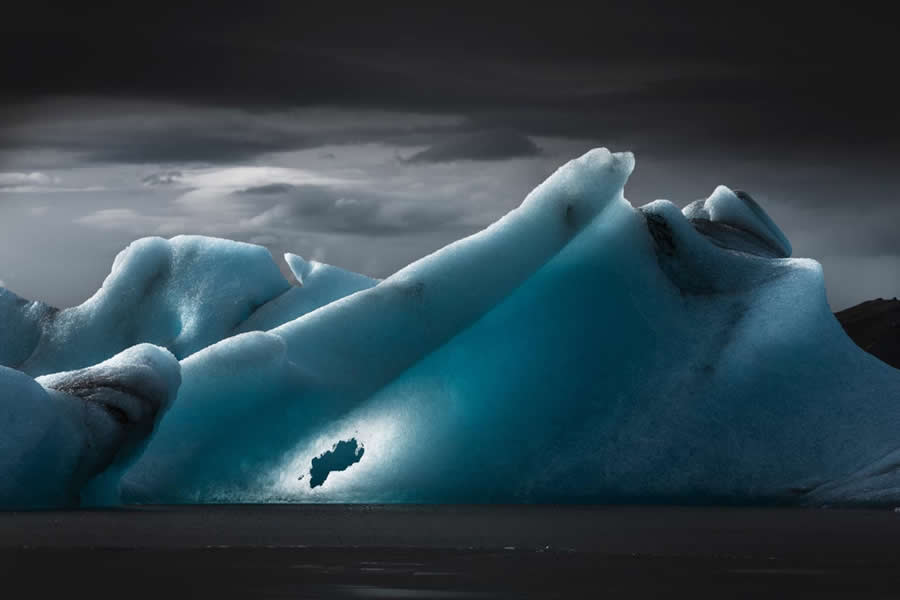
#15. Polar Wonders: "Jellyfish and Iceberg" by Galice Hoarau
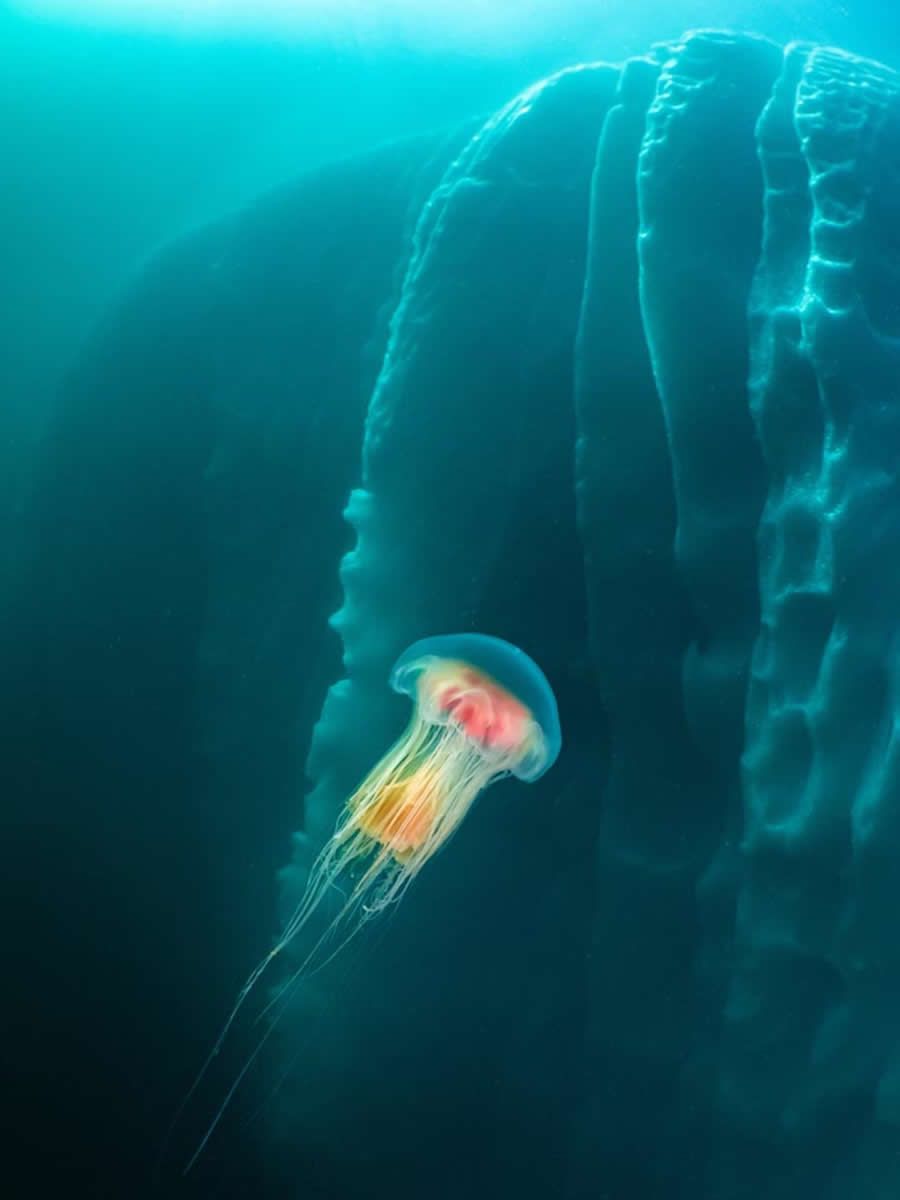
#16. Change Makers: Reasons for Hope: "Hope – A manatee and her calf, Florida" by Jason Gulley
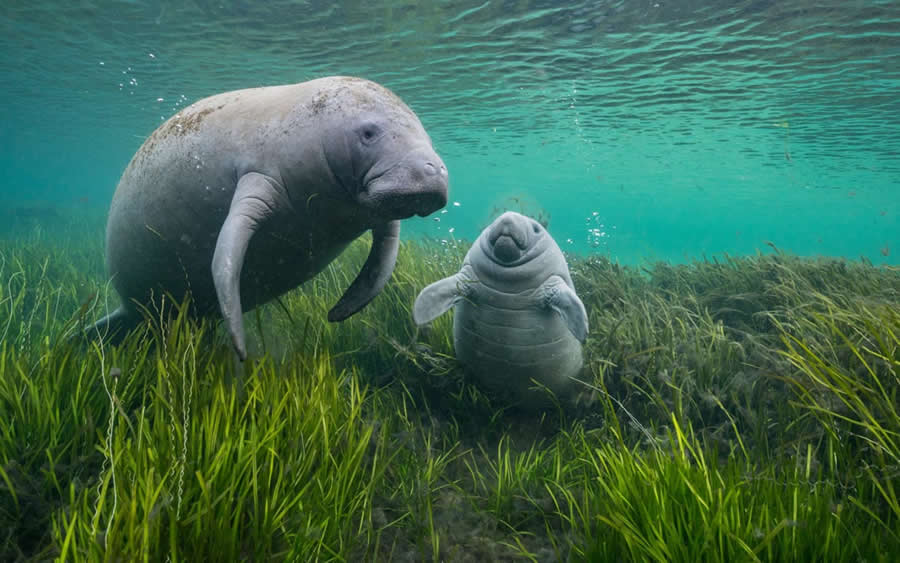
#17. Polar Wonders: "Walrus, Russia" by Dmitriy Don
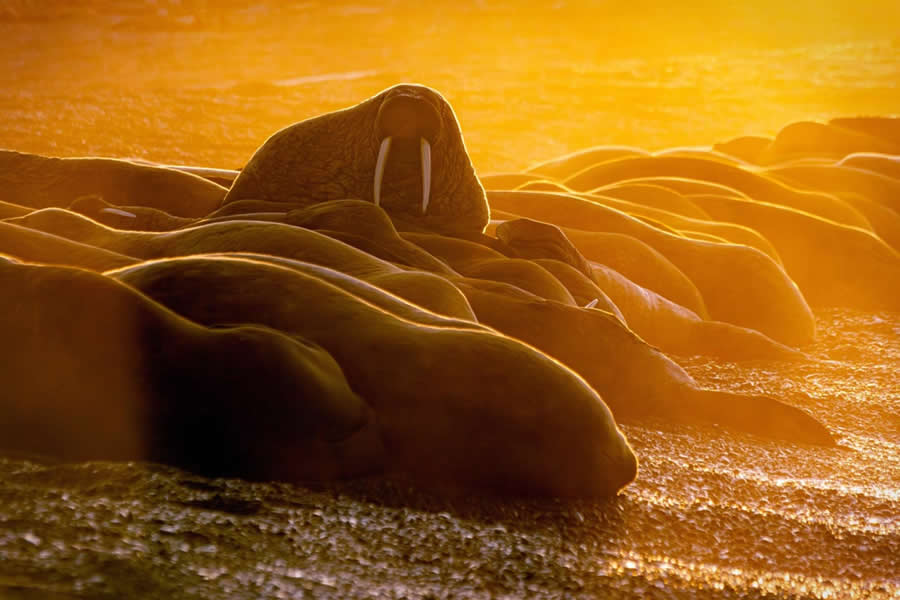
#18. Ocean Worlds: "Rangiroa Gang – Dolphins in the Pacific Ocean" by Estebane Rezkallah
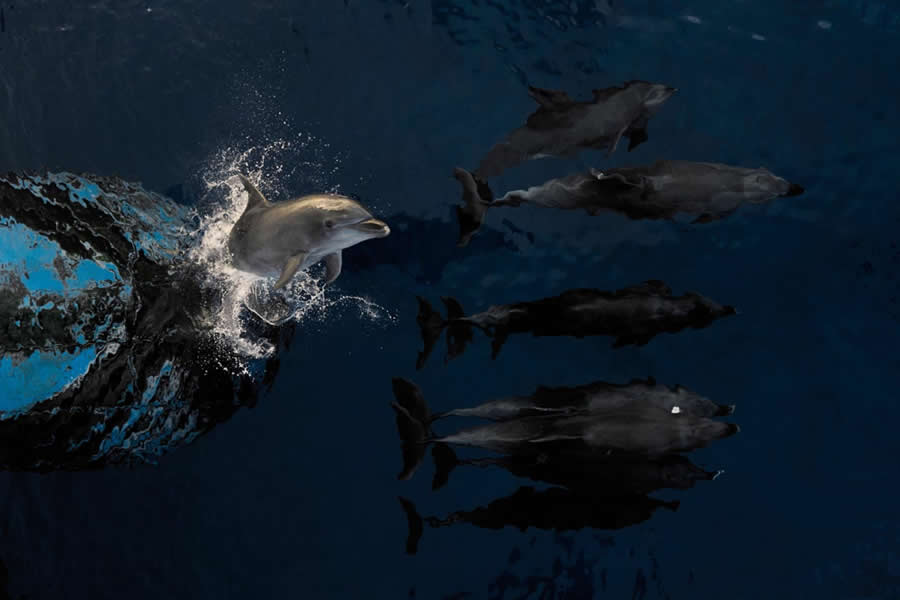
#19. Change Makers: Reasons for Hope: "Little Giant’s Walk" by Fernando Faciole
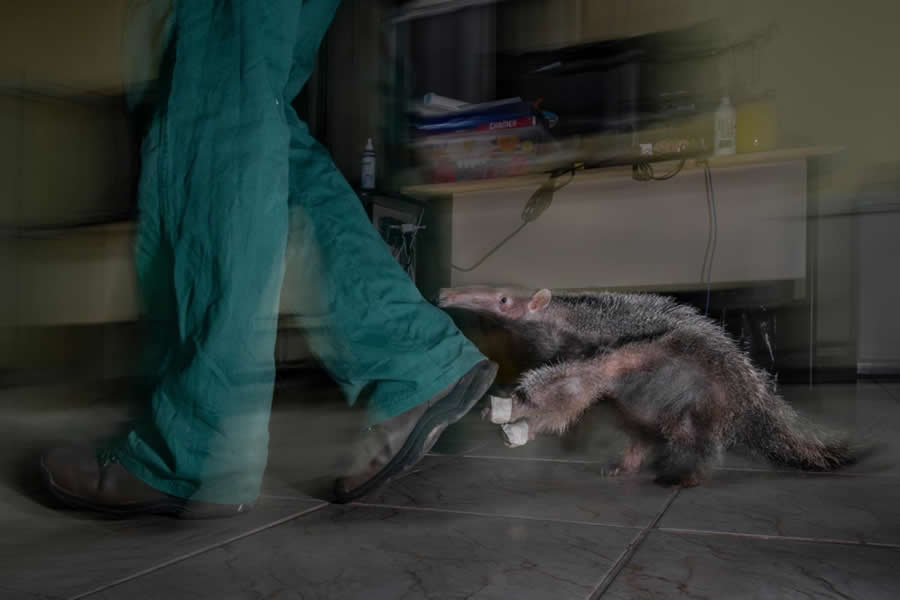
#20. Polar Wonders: "Bald Eagle Fishing" by Wayne Kliewer
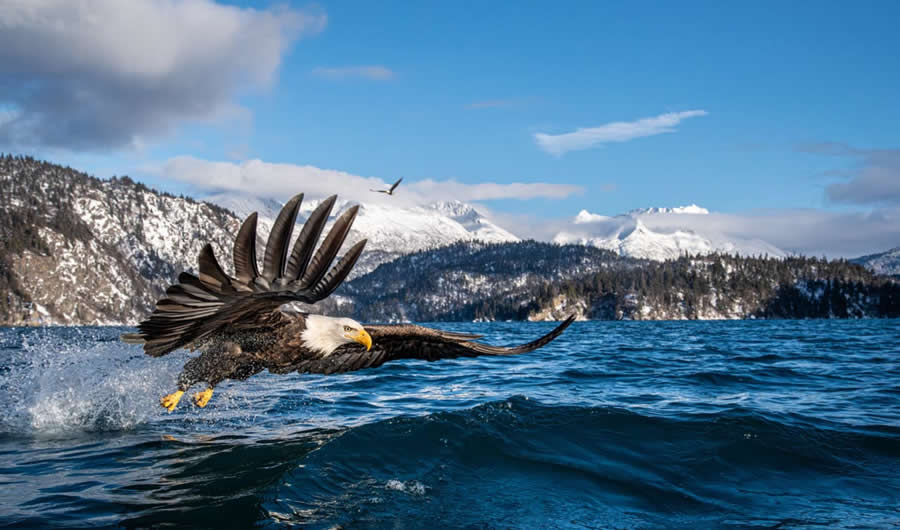
#21. Ocean Worlds: "The Passenger – Paper nautilus perched on a group of salps" by Pietro Formis
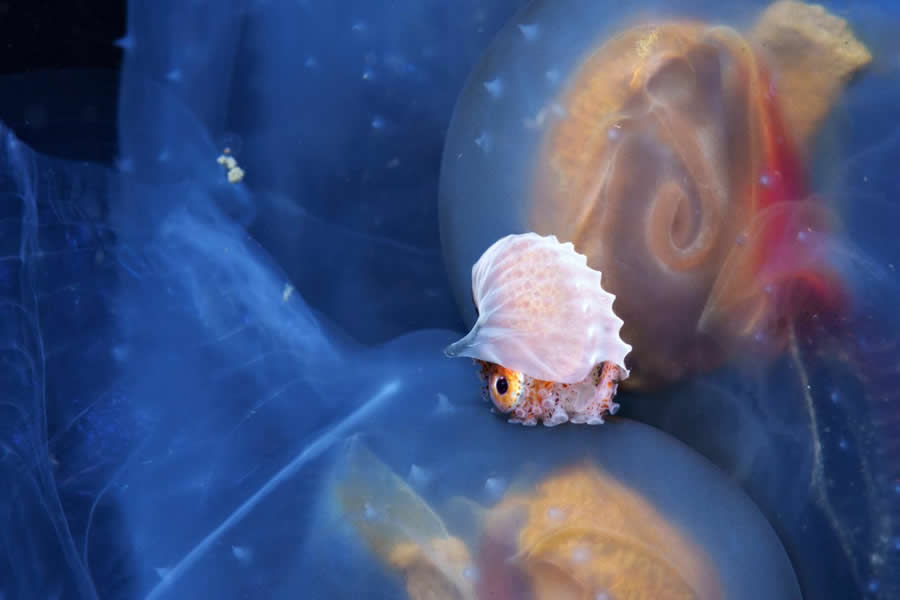
#22. Polar Wonders: "Power – Polar bear, Svalbard" by Malini Chandrasekar
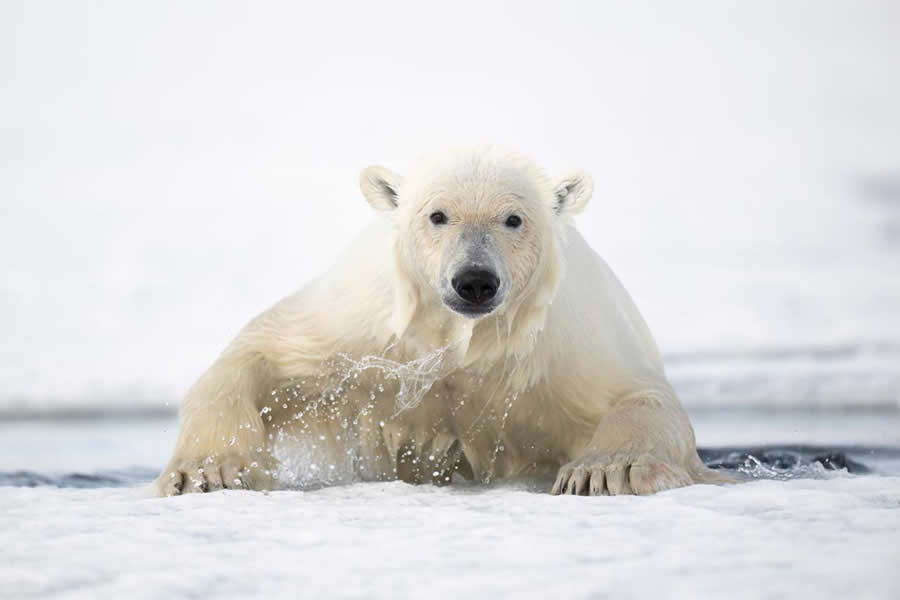
#23. Humanity versus Nature: "Hooked – ‘Accidental bycatch’ of a requiem shark" by Tommy Trenchard
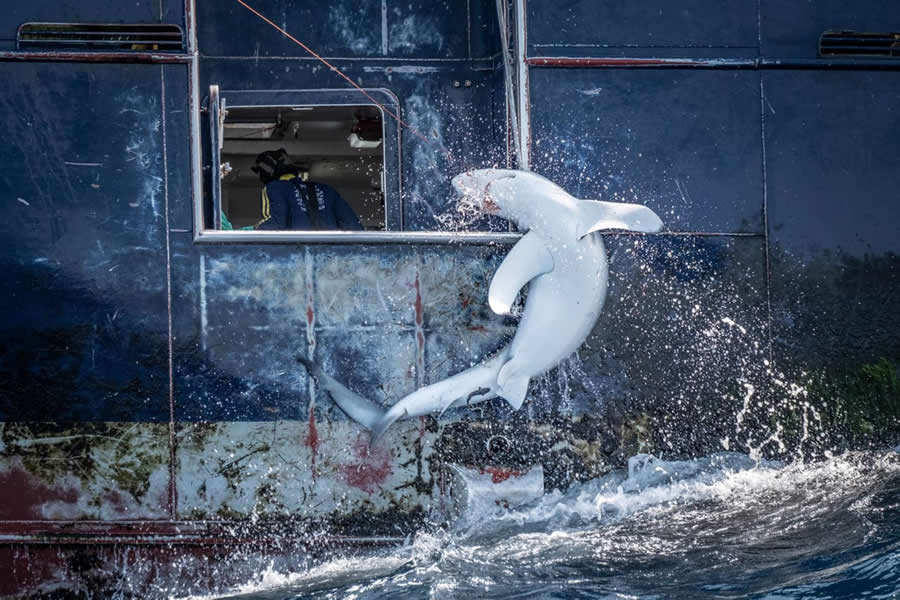
#24. Into the Forest: "Forest guard" by Bambang Wirawan
